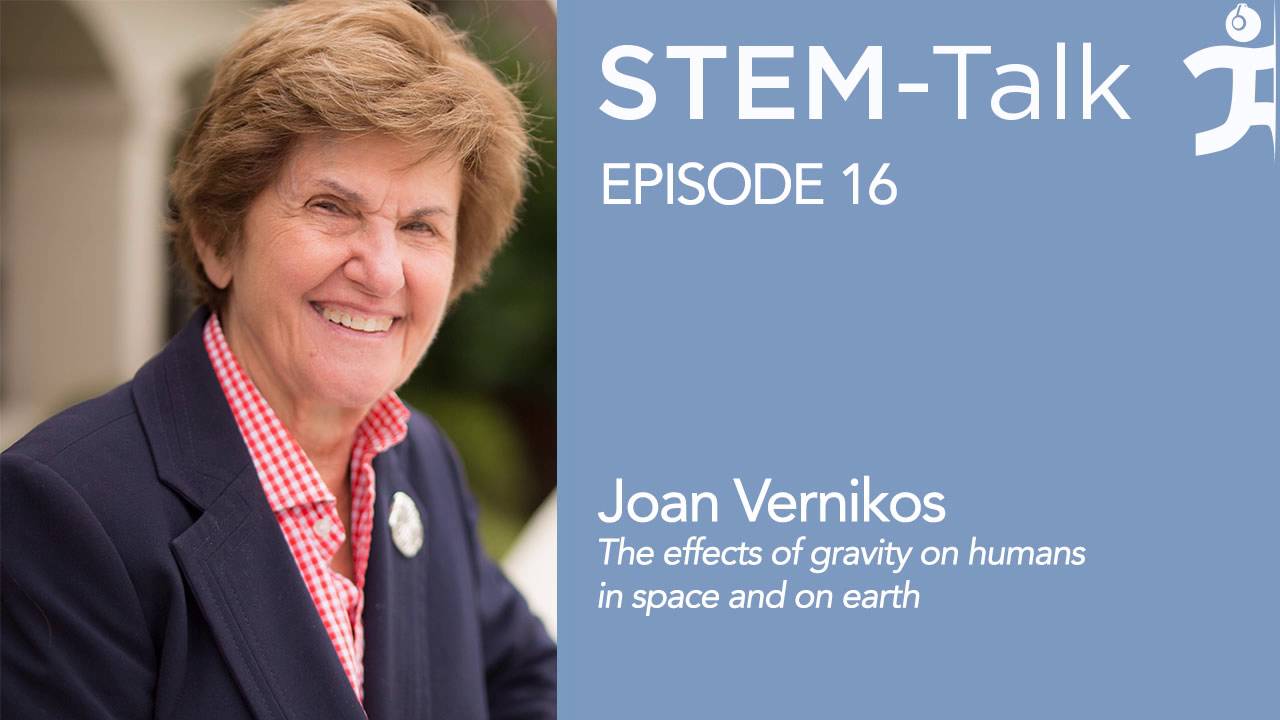Subscribe to the podcast at http://stemtalk.us
Full show notes are available at http://ihmc.us/stemtalk/episode-16/
If you want to feel like an astronaut, lie in bed all day. That may seem counter-intuitive, but the body experiences the two scenarios in a similar way. The absence of gravity in space mimics the affects of lying down flat—and not using gravity to our physiological advantage.
Gravity expert Joan Vernikos talked about this and other insights on how gravity affects us, in this episode of STEM-Talk, hosted by Dawn Kernagis and Tom Jones. Vernikos spoke to them right before her IHMC lecture in Pensacola, entitled, “Gravity is Our Friend”
Vernikos’ first mentor in life was her father, who at 17 years of age, left his native Greece for France, determined to study medicine, which he did. His specialization in infectious diseases took him to Egypt, where Joan and her sister were educated at English boarding schools. Her sister became a physician, while Joan “chickened out,” becoming a pharmacologist instead.
After entering academia, she was recruited to NASA, where she became the director of the Life Sciences Division.
Since retiring from NASA 16 years ago, Vernikos says that she’s had “a lot more time to think.” She is the author of the provocatively-titled book, “Sitting Kills, Moving Heals,” which was published in 2011. Her forthcoming book, “Designed to Move,” is about how sedentary lifestyles contribute to poor health and early death; and how movement that challenges gravity can dramatically improve life and longevity.
A dynamic speaker, Dr. Vernikos has given dozens of lectures, some of which can be found at https://www.youtube.com/results?search_query=YouTube.com%2FDrJoanVernikos. You can also check out her web site at www.joanvernikos.com
00:47: Ken Ford describes Vernikos as a pioneer in how living in a micro-gravity environment adversely affects astronauts, compared to the benefits of gravity for those of us on earth. “Living in space is like accelerated aging,” she says—which might be instructive for thinking about preventing and treating age-related conditions such as sarcopenia and osteoporosis.

